한국어 속의 한자어 Hanja in Korean
ISBN 9791167421975
Language Korean
N. of Pages 121쪽
Size/Weight 177 * 249 * 11 mm / 317 g
Author/Editor 정미혜 , 장은경 , 최선미 , 박영주
Publisher 역락
Date of Publication 2021년 09월 10일
Country of Origin Korea
책 소개
한국어 교육의 성공은 한국어 학습자의 어휘력 신장에 있다고 해도 과언이 아닙니다. 한국어 어휘는 고유어, 외래어, 한자어의 3종 체계로 이루어져 있으며 그 중 한자어의 한국어 어휘 구성 비율이 가장 높습니다. 특히, 대학교 전공 용어나 전문성을 요구하는 문서의 경우 90% 이상 한자어로 구성되어 있습니다. 조금 과장해서 말하자면, 한국어 학습자들의 한국어 사용 능력은 한국어 어휘력, 그 가운데에서도 한국어의 한자어를 이해하는 능력에 달려 있다고 볼 수 있습니다.
한자어를 올바르게 이해하기 위해서는 한자어를 구성하는 한자에 대한 이해가 우선되어야 합니다. 그러나 한국어 교수·학습 기관의 한국어 교육 과정을 살펴보면 한국어 학습자를 대상으로 한 한자어의 한자 교육이 충분하지 않다는 것을 알 수 있습니다. 이에 본 교재는 한국어 학습자들이 이미 알고 있는 한자어를 충분히 활용하여 한자 교육이 이루어지도록 구성하였습니다.
본 교재는 한국어능력시험 3급 수준의 숙달도를 갖춘 한국어 학습자를 대상으로 하며 한국어 학습자들의 한자 학습에 대한 부담을 최소화하려고 하였습니다. 먼저, 국제통용한국어표준교육과정(2017)과 대학 부설 한국어 교육 기관의 한국어 교재에서 3급 수준까지의 한자어를 선정하고, 선정한 한자어에서 사용 빈도가 높은 한자 형태소 45개를 추출하였습니다. 그리고 유사한 한자 형태소를 묶어 관련 주제(시간, 취미…)와 함께 제시함으로써 한국어 학습자들의 한자에의 접근을 보다 용이하게 하였습니다.
그리고 한국어 학습자들이 특정 한자 형태소가 포함된 단어들을 반복하여 접하는 과정에서 특정 한자 형태소에 대한 형태 및 의미를 추측할 수 있도록 단원을 구성하였습니다. 이러한 교수·학습 절차를 통하여 하나의 한자가 다른 한자와 결합하여 새로운 단어를 형성한다는 것을 자연스럽게 이해할 수 있고, 나아가 한자어에 대한 이해를 높일 수 있습니다.
[ENG]
Book introduction
It is no exaggeration to say that the success of Korean language education lies in increasing the vocabulary of Korean language learners. Korean vocabulary consists of three systems: native words, foreign words, and Hanjas, and among them, Hanjas have the highest proportion of Korean vocabulary. In particular, in the case of university terminology or documents requiring expertise, more than 90% are composed of Hanjas. To exaggerate slightly, Korean language learners' ability to use Korean depends on their Korean vocabulary and, especially, their ability to understand Hanjas in Korean.
In order to properly understand Hanjas understanding the Hanjas that make up Hanjas must come first. However, if we look at the Korean language curriculum of Korean language teaching and learning institutions, we can see that Hanja education for Korean language learners is not sufficient. Accordingly, this textbook was designed to provide Hanja education by making sufficient use of the Hanjas that Korean language learners already know.
This textbook is intended for Korean language learners with level 3 proficiency in the Korean Language Proficiency Test, and attempts to minimize the burden of learning Hanjas on Korean language learners. First, we selected Hanjas up to level 3 from the International Standard Korean Language Curriculum (2017) and Korean language textbooks from university-affiliated Korean language education institutions, and extracted 45 Hanja morphemes with high frequency of use from the selected Hanjas. And by grouping similar Hanjas morphemes and presenting them with related topics (time, hobbies...), we made it easier for Korean learners to access Hanjas.
Additionally, the unit was designed so that Korean learners can guess the form and meaning of specific Hanjas morphemes while repeatedly encountering words containing certain Hanjas morphemes. Through these teaching and learning procedures, you can naturally understand that one Hanja combines with another Hanjas to form a new word, and further improve your understanding of Hanjas.
















